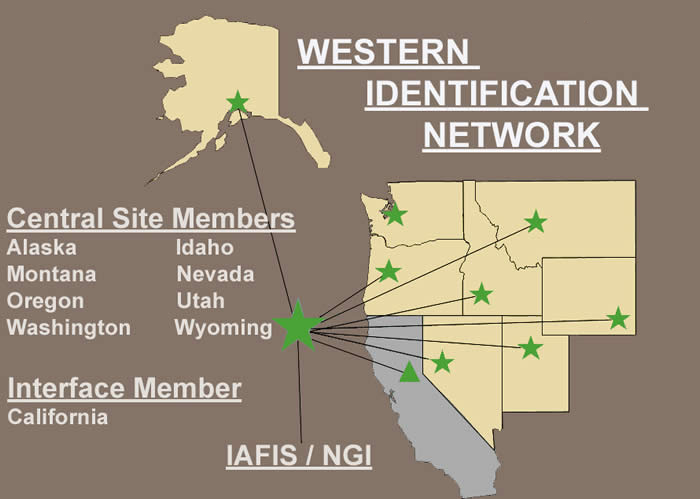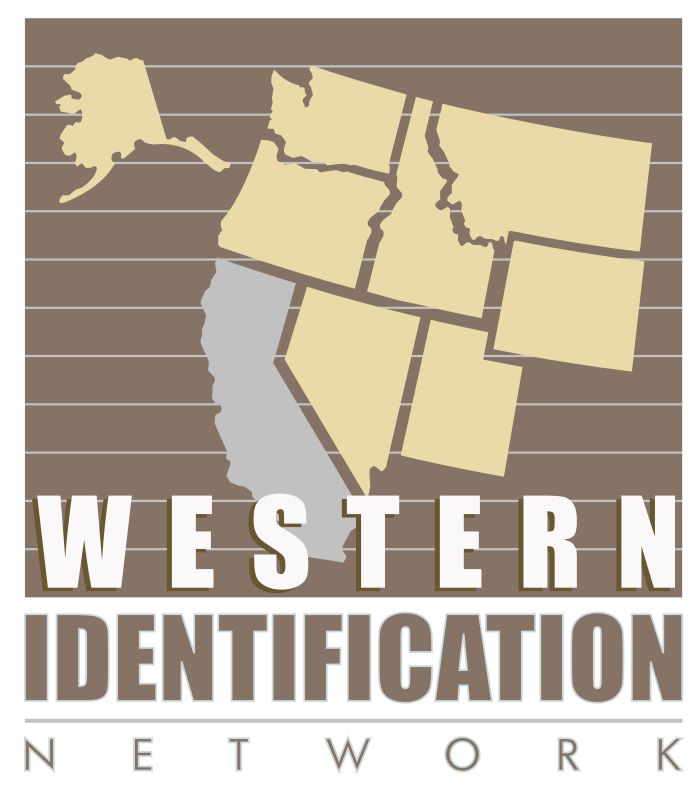
The History of WIN – Historical Presentation
In January 1988, criminal justice administrators from ten western states met in Boise, Idaho, to determine the feasibility of developing a multi-state Automated Fingerprint Identification System (AFIS). With the cooperation of western states’ governors, attorneys general, legislators, and law enforcement agencies, technical and monetary resources were combined to develop a multi-state AFIS network.
The Western Identification Network, Inc. (WIN) was formed in May 1988 to facilitate the purchase of a multi-state AFIS System. In June 1989, the funding was appropriated by legislatures in Alaska, California, Idaho, Oregon, Nevada, Utah, Washington, and Wyoming to create the first multi-state AFIS network.
Beginning as a Nevada not-for-profit corporation, when states’ funding became available in July 1989, WIN hired an Executive Officer, William G. Keller, and began implementing the system. The WIN host computer system was installed in Sacramento, California, with remote subsystems in Cheyenne, Salt Lake City, Boise, Carson City, Salem, and Portland. Booking terminals were also installed in numerous locations throughout these states. The existing similar stand-alone AFIS systems in Alaska, California, and Washington were connected to the WIN computer in July and August 1990 to complete the initial WIN network. Initially, the system had a centralized automated database of 900,000 fingerprint records and with the connectivity to the Alaska, California, and Washington systems the number of searchable fingerprint records increased to more than 14 million.
Helena, Montana joined WIN in October 1992, adding 59,500 criminal fingerprint cards to the WIN database. The Immigration and Naturalization Service (INS), the Postal Inspection Service and the Secret Service all joined WIN and became operational in 1991. The Internal Revenue Service became operational in 1993. The Federal Bureau of Investigation became operational in September 1997 and the Drug Enforcement Administration became operational in 1998. Alaska Department of Public Safety joined as a Central Site member in 1998.
AFIS is a high-speed computer system which digitizes, stores, and compares fingerprint data and images. Fingerprints entered to AFIS are searched against millions of prints on file and identified by experts from resulting candidate lists.
